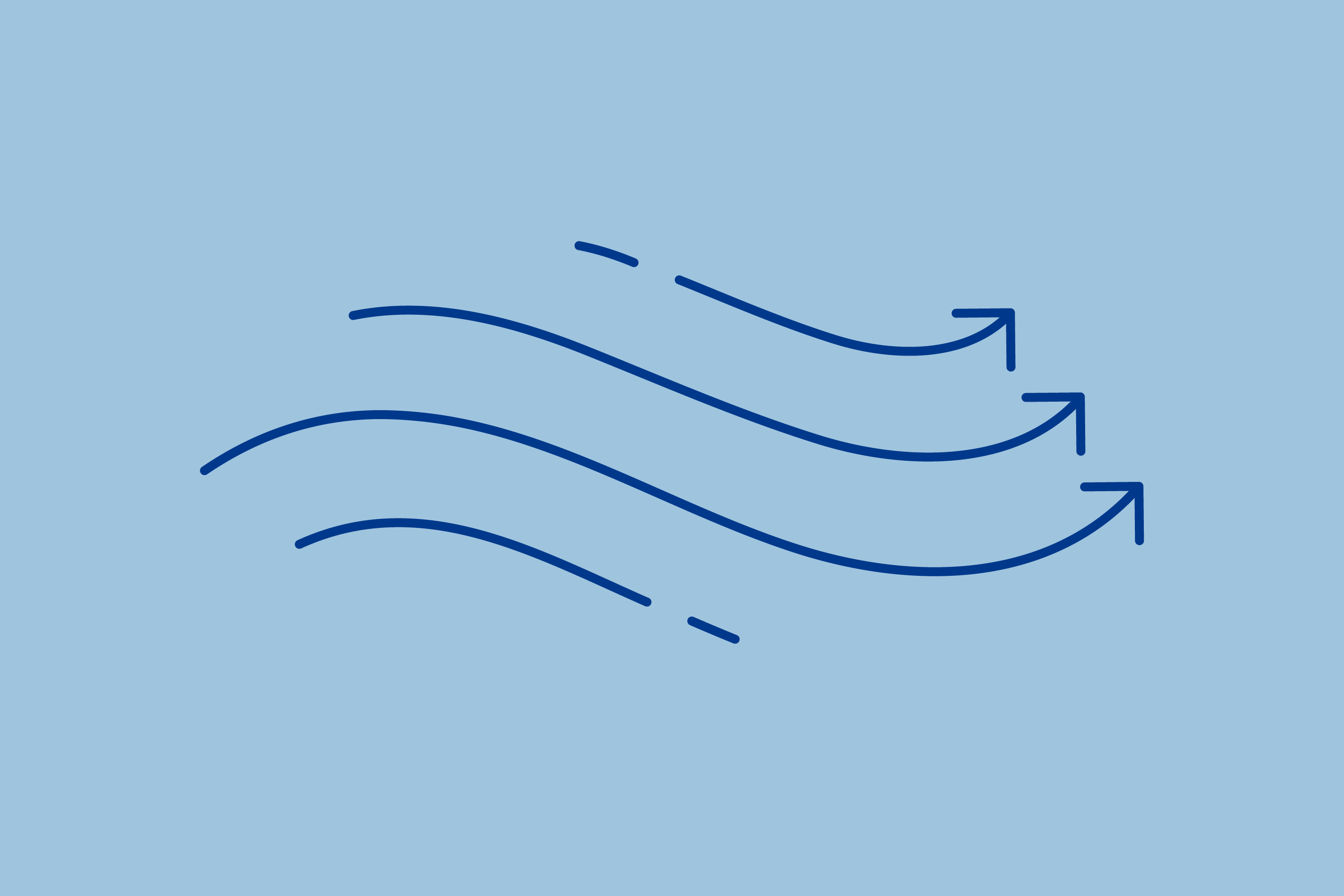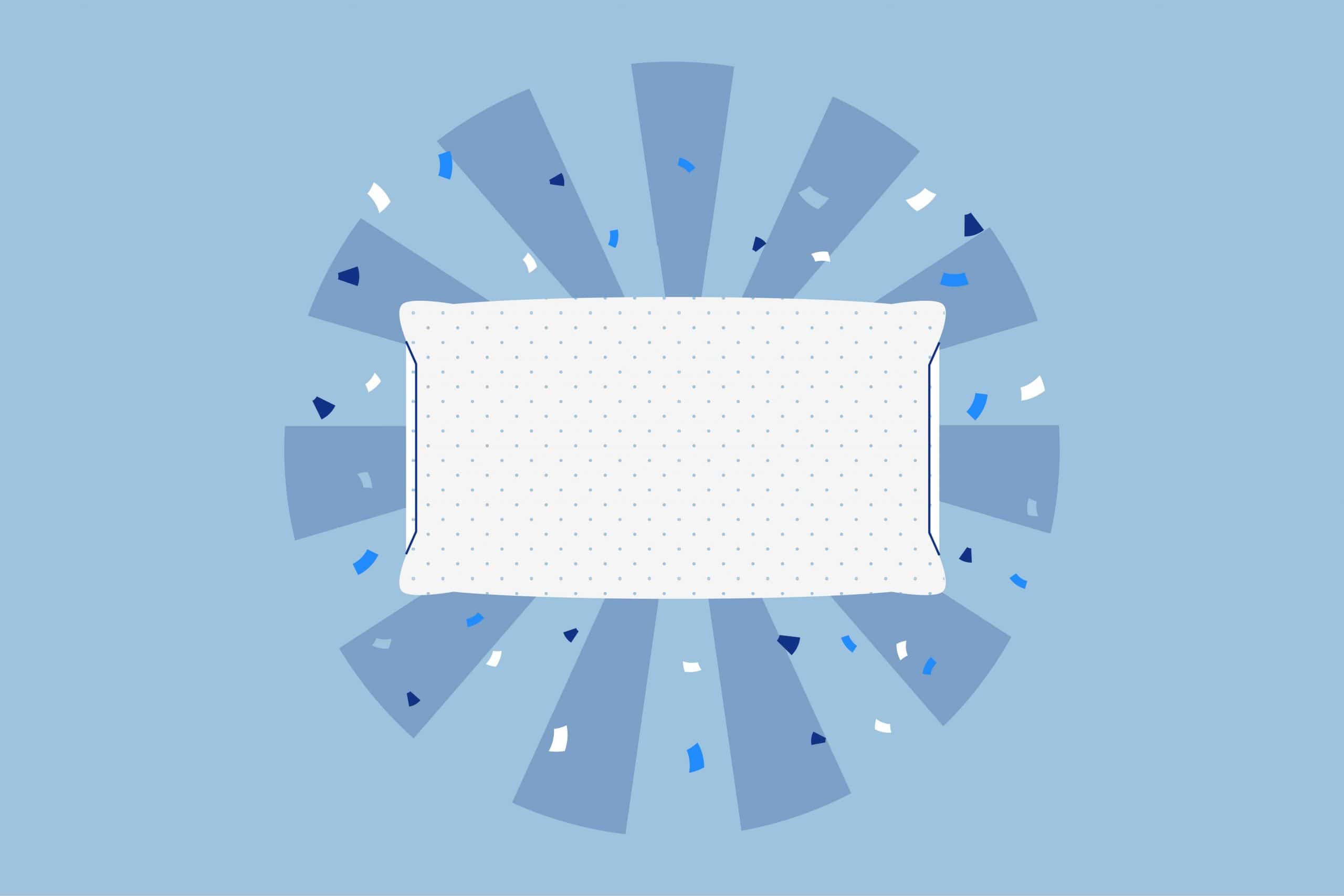Key Takeaways
- Dry Cleaning vs. Machine Washing: Comforters, especially those made of delicate materials like wool, silk, cashmere, or down, often require dry cleaning rather than machine washing. Dry cleaning uses chemical solvents that are gentler on fabrics and prevent shrinking and warping. Machine washing can damage certain fibers and should only be done if the care label permits it.
- Dry Cleaning Process: Dry cleaning involves inspection, pretreatment of stains, cleaning in a solvent tank, drying at specific temperatures, and finishing. It’s a thorough process that helps maintain the quality and appearance of delicate bedding. It’s especially recommended for materials like silk and down.
- Machine Washing Tips: If machine washing is suitable for your comforter, take precautions such as spot cleaning stains with vinegar and baking soda before washing. Ensure your washing machine and dryer are large enough to accommodate the comforter’s size. Use a delicate cycle, cold or warm water, and low heat for drying. Adding tennis or wool balls during drying can help redistribute the filling and maintain fluffiness.
Carefully following the laundry symbols listed on your comforter’s care label will maintain its quality, appearance, and original feel.
Some comforters survive the washing machine, but others call for gentle dry cleaning. Many people machine wash dry-clean-only bedding because they think it saves time, but truth be told, dry cleaning takes a similar amount of time and significantly less effort.
In this article, we will thoroughly explain the dry cleaning process as well as how it prolongs the life of your delicate bedding.
Quick Guide: A 30-Second Summary
| Best Comforter Overall | Amerisleep Recover+ Comforter |
Dry Cleaning Process
Machine washing uses water to penetrate fabric and remove body oil, dirt, and laundry detergent. However, too much water can damage certain fibers, such as wool, silk, cashmere, and down. These types of comforters typically require a professional dry cleaner.
Dry cleaners sanitize comforters with liquids other than water. This liquid is usually a chemical solvent called perchloroethylene or perc—a colorless, nonflammable cleaner that dissolves grease, oil, and wax. Some dry cleaners mix perc with a small amount of mild detergent because it is a surfactant (surface-active agent). Surfactants are compounds that reduce the surface tension, allowing liquids to penetrate fabrics and lift stains.
The dry cleaning process takes three to four hours to complete and is composed of five steps.
- Inspection: First, a dry cleaning professional carefully inspects your comforter for any stains, loose threads, tears, or holes. If they find any flaws, they will bring them to your attention and offer repair.
- Pretreatment: Dry cleaners spot clean stains before thoroughly cleaning your comforter.
- Cleaning: Your comforter is placed in a dry cleaning machine with four parts: a solvent tank, a solvent-distributing pump, filters, and a housing cylinder.
First, your comforter is placed in the housing cylinder and the tank is filled with a chemical solvent. The solvent is then pumped through the filter and rid of any impurities before making contact with your comforter. Once the cleaner exits the filter, it enters the cylinder to sanitize your comforter. After a few minutes, the solvent returns to the filter and is freed from any soil it absorbed. The solvent is then pumped back into the cylinder and the process restarts.
- Drying: Your comforter is dried at a specific range, usually 77 to 122 degrees Fahrenheit, depending on its care instructions. This step removes dust mites.
- Finishing: The comforter is finished or pressed to remove wrinkles then hung and covered in protective plastic until you arrive.
Dry cleaning is more gentle on fabrics because it does not use water. The fabric expands when exposed to water, but shrinks once the water evaporates. This constant stretching can warp and wear out certain materials, like silk and down.
Synthetic materials, such as polyester, are typically safest to machine wash. If your comforter’s care tag permits machine washing, follow the label’s step-by-step instructions while taking the following precautions.
How to Properly Machine Wash Your Comforter
Like dry cleaning, washing a comforter at home takes three to four hours. Machine washing lasts one hour while the drying process requires two to three. Let’s discuss additional measures you can take to ensure the safety of your comforter when machine washing it.
- Use baking soda and vinegar to spot clean your comforter before washing. Spot cleaning before washing will guarantee bold stains don’t permanently settle. Accomplish this by lightly coating the stained area with distilled white vinegar. Let the vinegar sit for 5 to 10 minutes then soak up any excess moisture with paper towels. Sprinkle baking soda over the stain and let it sit for a few hours then remove it with a vacuum cleaner.
- Make sure your washing machine and dryer are large enough to accommodate the size of your comforter. Your comforter should fit in both machines with room to spare so it has enough room to tumble otherwise it will not properly clean or dry. Its filling may also be compressed. If you have to force the comforter into your washer or dryer, head to a local laundromat instead. Most laundromats have commercial-sized front-loading machines and extra-large dryers.
- Wash your comforter on a delicate cycle. By mimicking hand washing, the delicate setting prevents heavy bedding from aggressively tumbling inside the washer. This will maintain the soft and fluffy feel of your comforter. An extra rinse cycle will lift any remaining body oil, dirt, or soap residue.
- Avoid washing your comforter in hot water because it notoriously shrinks fabric. Your care tag will more than likely recommend either a cold or warm water wash cycle.
- Dry your comforter with clean tennis balls or wool dryer balls to distribute the filling. Place your comforter in the dryer and set three tennis or wool balls throughout the bedding. This will prevent your comforter from wrapping around itself during the drying cycle, ensuring it comes out fluffed up. If you do not have any tennis or dryer balls, stop the dryer every half-hour, remove the comforter and give it a good shake to redistribute its fill.
- Dry your comforter on a low-heat setting. Low heat takes a few hours to dry a comforter but prevents damage, as higher heat may shrink or scorch the fabric. Once you remove the comforter, hang it in a sunny area to rid it from remaining dust mites.
More Cleaning Guides for Bedding and Mattresses
For mattresses:
- How to Get Stains Off and Clean a Mattress
- How to Freshen and Deodorize a Mattress
- How to Remove Urine Stains and Smell From a Mattress
- How to Clean Vomit from a Mattress
- How to Remove Blood Stains on Your Mattress
- How to Get Poop Stains out of a Mattress
- How to Remove Coffee Stains from Your Mattress
- How to Remove Makeup Stains from Mattresses
- How to Remove Ink Stains from a Mattress
- How to Get Lint Balls off a Mattress
- How to Clean a Dusty Mattress
- How to Fix a Ripped Mattress
- How to Get Sweat Stains Out of a Mattress
- How to Dry a Wet Mattress After Water Damage
For pillows:
- How to Wash and Dry All of Your Pillows
- How to Wash a Body Pillow
- How to Disinfect Your Pillow
- How to Fluff a Pillow
For sheets:
- How Often Should You Wash Your Sheets?
- Can You Wash Sheets with Clothes and Other Items?
- How to Get Blood Out of Sheets
- How to Make Sheets Softer
- How to Make Sheets White with Household Items
- How to Iron Sheets
For blankets and other coverings:
- How to Wash a Quilt
- How to Clean an Electric Blanket Safely
- How to Clean a Weighted Blanket
- How To Wash a Crochet Blanket
For other items of bedding:
- How Often Should You Wash Your Mattress Protector?
- How to Get Pet Hair Out of Bedding
- How To Clean a Memory Foam Mattress Topper?
- How to Clean an Upholstered Bed Frame
FAQs
How often should you dry clean a comforter?
Your flat sheet reduces your direct contact with your comforter, but it still collects dust and other allergens. Therefore, we recommend dry cleaning your comforter at least once every three months. If you do not use a top sheet or are sensitive to allergies, drop your comforter off at your local dry cleaners once a week.
Can I dry clean my comforter at home?
Most convenience stores sell do-it-yourself dry cleaning kits. These kits come with a protective bag and cleaning cloths soaked in a chemical solvent. The instructions typically consist of placing a garment and one or more cleaning cloths in the protective bag then drying the bag on medium heat for 15 to 30 minutes. When you remove the garment from the protective bag it will be damp. Prevent mold growth by hanging it to dry.
Although effective, most at-home dry cleaning kits are for smaller garments rather than bulky bedding. If your comforter fills more than half of the protective bag, the kit will not clean it properly.
How much does it cost to dry clean a comforter?
Dry cleaning a comforter costs $20 to $50. Price is dependent upon where you live as well as the material and size of your comforter. If you choose to repair any small holes, rips, loose seams, or stains it may cost more.
Should I dry clean my duvet cover?
We suggest following the instructions on your duvet cover’s care label. However, it is highly unlikely your duvet cover will require dry cleaning.
Duvet covers are designed to protect comforters with delicate materials so you don’t have to wash duvets as often. Most people wash duvet covers with the rest of their bed sheets.
What will happen if I machine wash a down comforter?
As mentioned above, machine washing requires an ample amount of water. Too much water is harmful to down comforters because it strips the feathers of their natural coating, depleting soft fluffiness. Although dry cleaning is not technically “dry”, it uses chemical solvents instead of water. These cleansing liquids do not aggressively permeate into or soak your comforter’s delicate feather filling.
Conclusion
The only way to get a long-lasting and clean comforter is to meticulously follow the instructions of its care label. Many people disregard dry-clean-only labels because they dislike dropping off and picking up their comforter. While these extra steps are inconvenient, they will prolong the life of your bedding.
More importantly, adequately machine washing a comforter is hardly ever as simple as people think. In many cases, it requires a lot of patience and time. Taking proper care of your bedding may be time-consuming, but it’s worth it in the long run.
About the author
April Mayer is a sleep expert and writer with a degree in exercise physiology. She has dedicated her career to exploring the relationship between sleep and productivity. Her insightful articles, such as "The Surprising Way Your Mood Might Be Messing With Your Productivity" and "Wake Up to More Productive Mornings," have been featured in reputable publications like Forbes, Greatist, Real Homes, Thrillist, Tom's Guide, and Eat This, Not That. With a passion for helping others lead more productive lives through restful sleep, April offers valuable expertise on foods and vitamins for better sleep. As a trusted member of the Early Bird team since March 2020, she continues to provide informative and well-researched content.
View all posts





